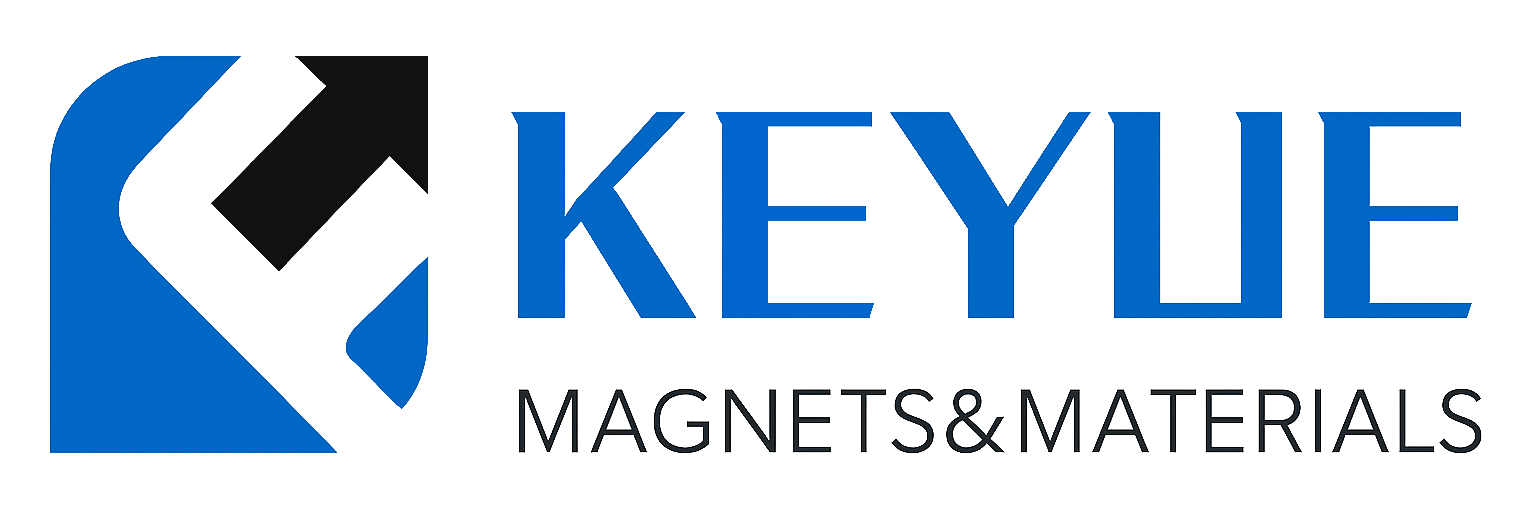描述
铝管(Al Tube)
产品简介
铝管(Al Tube)是一种由高纯铝或铝合金制成的轻质金属管材,具有极高的导热性、导电性和优良的耐腐蚀性。铝密度仅为2.70 g/cm³,约为钢的三分之一,是理想的轻量化结构材料。其表面可形成致密氧化膜,增强防护性能。高纯铝管广泛应用于科研实验、电子元件、散热结构、航空航天及新能源设备中。
产品详情
苏州科跃材料科技有限公司提供的铝管采用高纯铝锭经热挤压—冷拉—退火—抛光工艺制成。产品壁厚均匀、尺寸精确、表面光洁,适用于科研及工业级应用。
可提供纯铝及多种高性能合金(如1060、3003、5052、6061、7075等)。
典型规格如下:
-
纯度等级:99.7%、99.9%、99.99%
-
外径范围:3 – 150 mm
-
壁厚范围:0.3 – 10 mm
-
长度:≤3000 mm(可定制)
-
制造工艺:热挤压 + 冷拉 + 真空退火 + 表面抛光
-
表面状态:亮光 / 亚光 / 阳极氧化 / 本色氧化
应用领域
铝管因其轻质与高导热性被广泛用于:
-
电子与半导体行业:作为散热结构、导流管与电气连接元件。
-
航空航天:用于轻量化结构部件与管路系统。
-
新能源设备:电池冷却系统与导热装置。
-
科研实验:用于真空腔体、反应管与支撑件。
-
建筑与装饰领域:高强度结构件与耐腐蚀外壳。
技术参数
| 参数 | 典型值 / 范围 | 说明 |
|---|---|---|
| 纯度 | 99.7% – 99.99% | 高纯度确保导电与耐蚀性 |
| 密度 | 2.70 g/cm³ | 轻质高强结构材料 |
| 熔点 | 660.3 °C | 可在中温环境使用 |
| 导热率 | 237 W/m·K | 极佳的散热性能 |
| 电导率 | 36 × 10⁶ S/m | 优良的电导性能 |
| 抗拉强度 | 90 – 200 MPa(纯铝) | 高强合金可达350 MPa 以上 |
| 表面处理 | 抛光 / 阳极氧化 / 防指纹 | 增强外观与耐蚀性 |
常见问题(FAQ)
| 问题 | 答案 |
|---|---|
| 铝管是否易氧化? | 铝表面会形成稳定氧化膜,可进一步阳极化处理增强防腐。 |
| 是否可用于导热应用? | 可以,铝导热性能极佳,常用于散热系统。 |
| 可否定制合金型号? | 是的,可根据强度与耐蚀性需求定制合金。 |
| 能否制作毛细管? | 可定制最小内径0.5 mm的高纯毛细管。 |
| 铝管能否焊接? | 可进行氩弧焊或激光焊。 |
| 可否电镀或涂层? | 可进行阳极氧化、喷涂或电镀处理。 |
| 是否具磁性? | 无磁性,适用于磁场敏感设备。 |
| 可否用于真空系统? | 可以,高纯铝经退火处理后具有极低气体释放率。 |
| 可否提供镜面表面? | 可提供机械抛光或电解抛光版本。 |
| 是否附带检测报告? | 每批产品均附化学成分、尺寸与表面检测报告。 |
包装与交付
每根铝管均经过尺寸与表面检测,采用真空密封与防震包装,外层防潮木箱封装,确保运输安全。提供RoHS、REACH及材质证明文件,支持科研小批量与批量供货。
结论
铝管(Al Tube)以其轻质、高导热与耐腐蚀特性,广泛应用于科研、电子、能源及航空领域。
如需了解更多技术参数或报价,请联系:sales@keyuematerials.com

.png)
-300x300.png)
-300x300.png)
-300x300.png)
评价
目前还没有评价